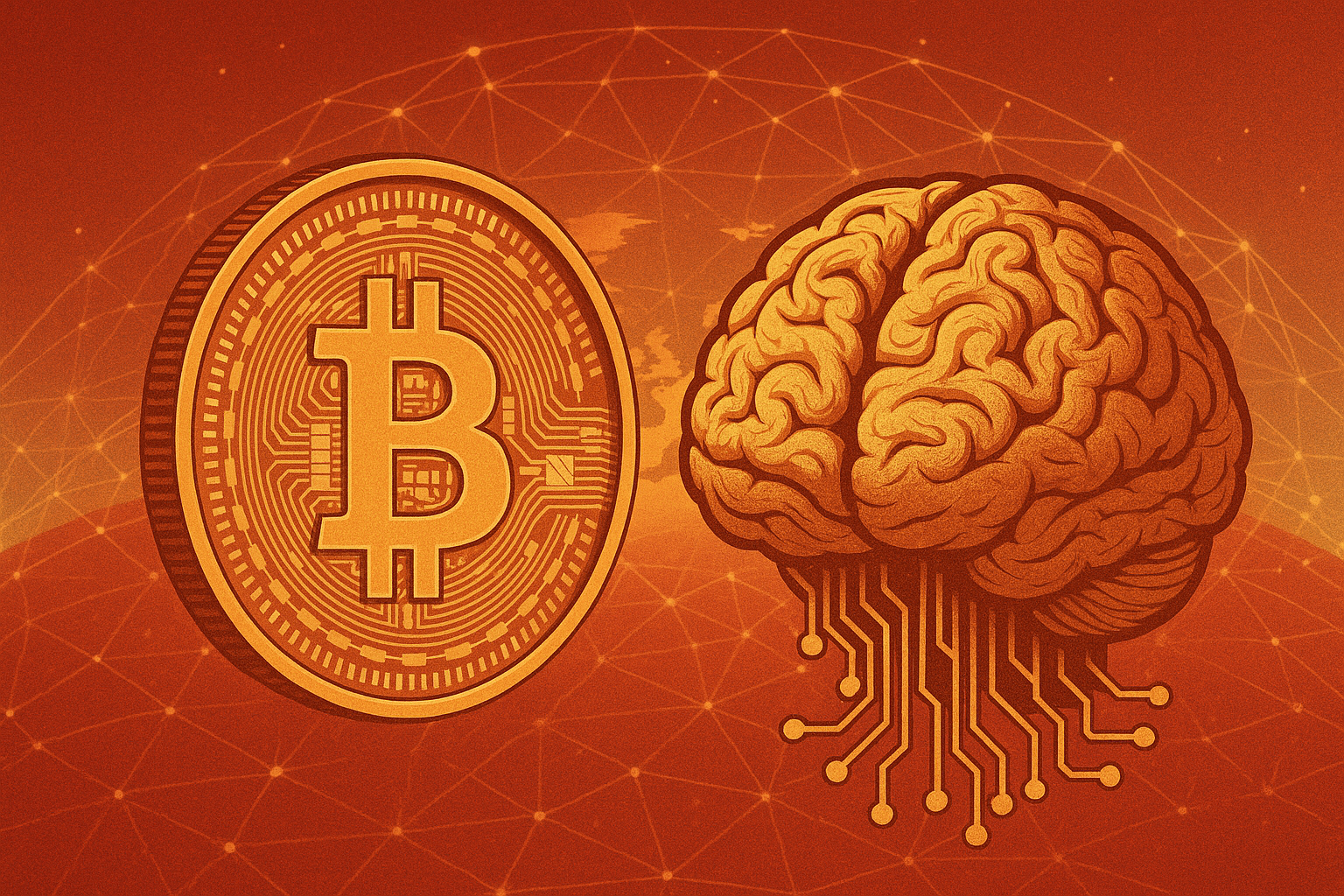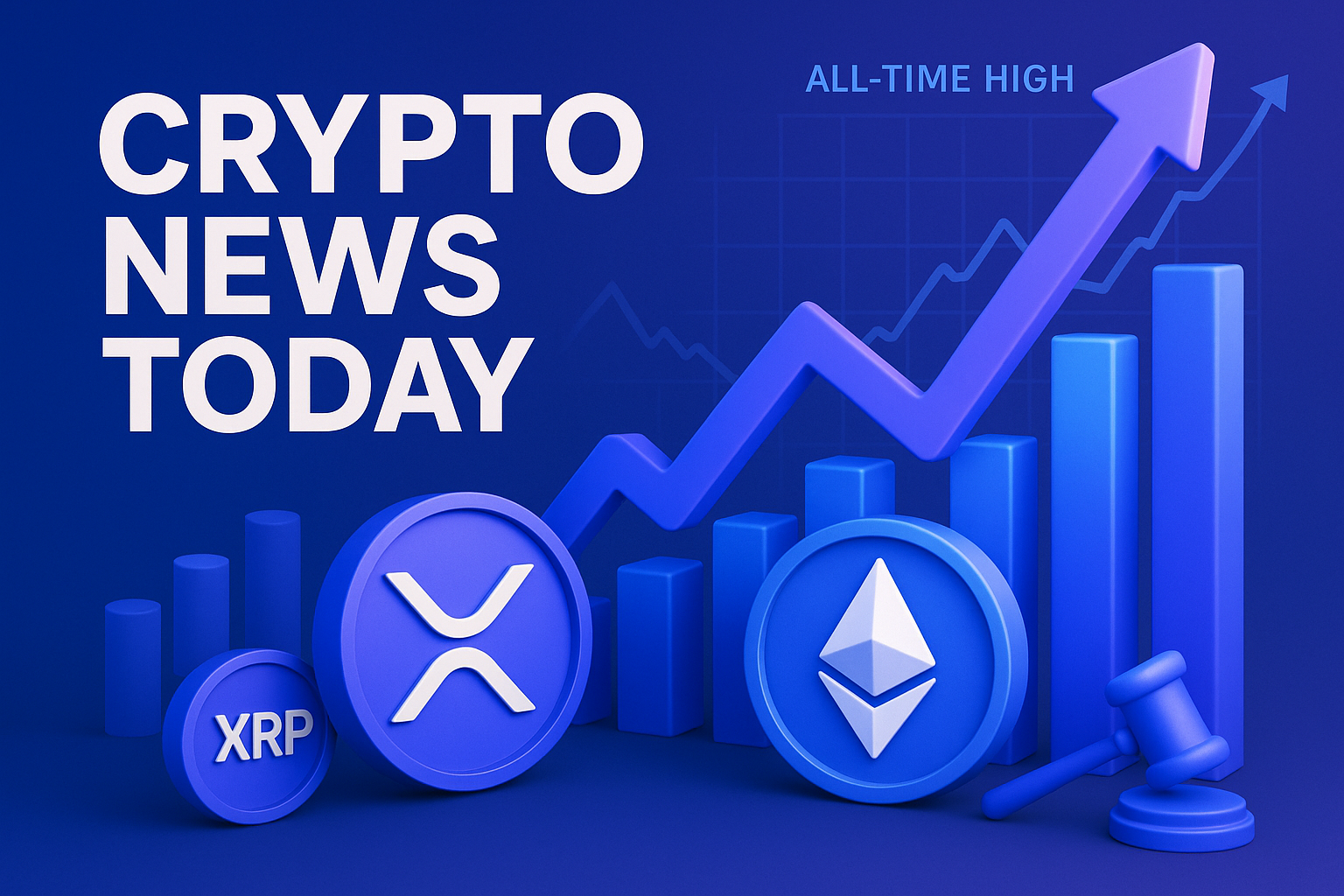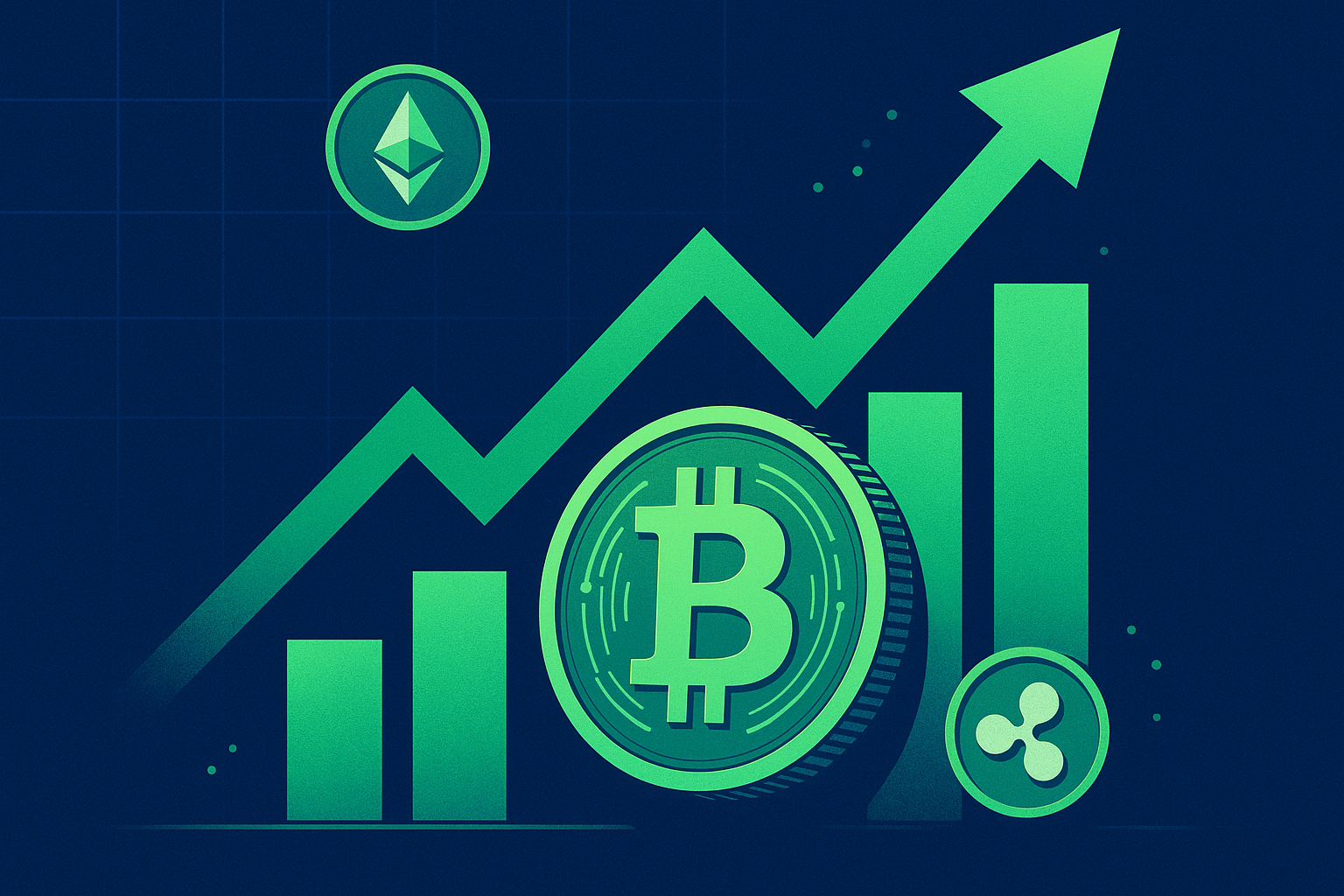104,000 dollars. That’s roughly what one bitcoin cost the last time I refreshed my price feed—about 104 times what it did right before the pandemic cratered our collective sanity.
If a Wall Street quant calls BTC an AI trade, your eyebrow should arch
You probably know the usual bullish pitches: digital gold, censorship-resistant money, number-go-up meme fuel, yada yada. But Jordi Visser—a derivatives veteran who spent three decades toggling between Morgan Stanley’s option desk and the CIO chair at Weiss—just tossed a curveball: “Bitcoin is the purest AI trade.” I’ll be honest, the first time I heard that line I rolled my eyes so hard I almost sprained a retina. Machine learning gobbles data; Bitcoin chews electricity. Where’s the overlap?
Visser’s new Substack post, You Don’t Find Bitcoin, Bitcoin Finds You: Why It’s the Purest AI Trade, tries to stitch those worlds together through four interlocking forces—monetary chaos, tech-driven deflation, creaky institutions, and the sovereign nature of an orange-letter B. Let’s poke around under the hood, because there’s more here than slick marketing.
Here’s what actually happened
On May 23 (yes, yesterday), Visser hit “publish.” Within hours my Telegram blew up with, “Dude, this guy says BTC is the ultimate AI play—do we buy or do we sell?” That’s classic crypto-tribe FOMO, but there are real data points behind the hype:
- $104,816 – Bitcoin’s price as his post made the rounds, according to TradingView.
- $1.5 trillion – Market cap of the entire generative-AI stack (NVIDIA, MSFT, Google, you name it) that’s sucking oxygen out of every other equity theme in 2024.
- 0.95 – The rolling 90-day correlation between BTC and the NASDAQ AI & Robotics Index during Q1. I had to double-check that because it felt suspiciously high.
Correlation isn’t causation, but it sure makes traders craft new narratives faster than ChatGPT cranks out essays.
Why does Visser think this mash-up makes sense?
He frames it as a three-chapter personal journey:
“This statement wasn’t born from a single insight but rather a journey that unfolded across three distinct steps and four accelerating forces.”
I’m not entirely sure I buy all of it, but the logic chain runs like this:
- 2020 money printers = death blow to the dollar’s mystique.
- Exponential tech = relentless deflation, undercutting debt-based systems.
- AI eats org charts = governments can’t move as fast as neural networks, so trust in institutions nosedives.
- Bitcoin’s hard cap = digital sovereignty at the protocol layer.
Visser basically argues you’ll soon have two asset buckets: those that can be infinitely replicated by AI (most things) and those that cannot. BTC falls into the second camp because its supply curve is fixed at 21 million, enforced by math and game theory rather than men in suits. If AI compresses profit margins everywhere else, capital theoretically stampedes toward what remains scarce. Voilà—Bitcoin as your hedge against the singularity. Wild? Yes. But intriguingly self-consistent.
Now here’s the interesting part: inflation vs. deflation double punch
You and I are living through a weird split-screen economy. Groceries feel 15% pricier, yet software tools keep dropping from $100/month to “free with a watermark.” Jeff Booth nailed this in The Price of Tomorrow: technology is deflationary, but policymakers are addicted to inflation. That tug-of-war can’t last forever.
Visser borrows Booth’s “Economic Trilemma”: debt-heavy legacy economies, a deflationary digital realm, and governments papering over the gap with fiscal steroids. If AI accelerates the deflationary side—as large language models replace white-collar tasks by the quarter—monetary stimulus must accelerate just to keep nominal GDP afloat. More currency units chasing the same (or cheaper) goods is exactly the scenario that nudged Michael Saylor to shove MicroStrategy’s balance sheet into BTC back in 2020.
You see the loop: AI ≈ deflation → more money printing → fiat dilution → hard-cap assets moon. That’s the textbook supply-demand equation, albeit simplified.
Real-world breadcrumbs (so you don’t think this is purely theoretical)
Let’s zoom in on events you can actually chart:
- El Salvador’s Bitcoin bonds finally cleared regulatory hurdles this spring—an emerging-market government betting its fiscal future on a protocol rather than the IMF.
- BlackRock’s BTC ETF, which crossed $20 billion in AUM faster than any ETF launch in U.S. history, now trades option contracts on CME. Institutions are clearly not allergic.
- NVIDIA’s jaw-dropping guidance on Feb 21 pushed the stock to a 35× price-to-sales ratio; a week later, Coinbase posted its best spot-volume day since the 2021 bull peak. Chart watchers swear the AI and BTC candlesticks looked like synchronized swimmers.
Is that enough to claim causality? Probably not, but the market loves a good story, and this one has all the buzzwords.
Okay, but what does ‘AI eats scarcity premia’ actually mean?
Here’s my favorite analogy. Imagine AI is a super-efficient 3-D printer for knowledge work. It starts churning out legal documents, music, even software code at near-zero marginal cost. Traditional IP moats dissolve, margins compress, and the price investors are willing to pay for those earnings evaporates. Stocks die by a thousand paper cuts of multiple contraction.
Meanwhile, Bitcoin’s cost structure is the exact opposite: miners must burn energy in escalating difficulty cycles, and you can’t conjure more coins just because GPUs got cheaper. That stubborn cost floor is weirdly refreshing in a world where AI converts everything else into digital pulp.
Here’s where I’m scratching my head
Visser makes a bold claim that AI will “destroy everything eventually.” I get the vibe—LLMs do feel like sci-fi made flesh—but everything? Even real estate? Even fine art? Supply dynamics there are more nuanced. Plus, Bitcoin still rides sentiment cycles. If a spectacular AI bubble pops (remember 2000’s dot-com massacre?), risk-off flows can nuke BTC just as easily as meme stocks. Hard cap doesn’t shield you from liquidity crunches.
So yeah, I’m intrigued, but I’m not loading my cold wallet purely because ChatGPT said so. Timing matters. For context, BTC is still 18% below its March all-time high of $128,830, and we’re three months away from the next Fed meeting that could yank the rug on rate cut hopes.
Why this matters for your portfolio
If you believe AI will push the cost of digital goods toward zero—and you suspect governments will keep printing to mask that deflation—then owning some programmatic scarcity makes logical sense. Bitcoin isn’t the only candidate (Ethereum’s ultrasound-money narrative pops up here), but it’s the simplest and, let’s be honest, the most liquid.
On-chain data backs the “institutional creep” story: Glassnode shows long-term holder supply sitting at 71.4%—barely budging even as price punches new highs. That hints the fresh float is mostly ETF demand, not OG whales dumping. If you see AI adoption as a 10-year S-curve, there’s a plausible runway for that rotation Visser predicts.
One tangent because I can’t help myself
Remember 2013’s Mastering Bitcoin by Andreas Antonopoulos? He compared BTC nodes to autonomous drones enforcing rules without human oversight. Swap “drone” for “GPT-powered node,” and you start picturing a world where software already is the regulator. That blurs the line between AI and crypto infrastructure more than most people realize. Maybe Visser’s thesis is less about price and more about governance models—protocols over politicians.
So, do you hit ‘buy’ right now?
I wish calls were that easy. The macro slate is muddy: U.S. CPI ticked 0.2% hotter last print, rate cuts got punted, and the DXY is flirting with 109 again. Historically, a screaming dollar clips BTC rallies. On the flip side, hash rate just posted a fresh high (833 EH/s), signalling miners aren’t worried.
If you’re dollar-cost averaging, Visser’s AI tangent is nice intellectual candy. If you’re trying to swing-trade headlines, you’re at the mercy of Elon Musk’s next meme tweet or a Fed hot mic. Personally, I keep a core stack cold-stored and nibble when derivatives funding goes negative. Today it’s hovering +16 bps—so I’m waiting.
I’ll leave you with this honest shrug
Visser could be early, wrong, or both. The AI-Bitcoin correlation might break the moment Nvidia miss an earnings whisper. Yet the core premise—that artificial intelligence accelerates the need for a neutral, scarce settlement asset—doesn’t feel outlandish after you chew on it. Just remember, even the “purest trade” can get awfully muddy when the macro tide turns.



